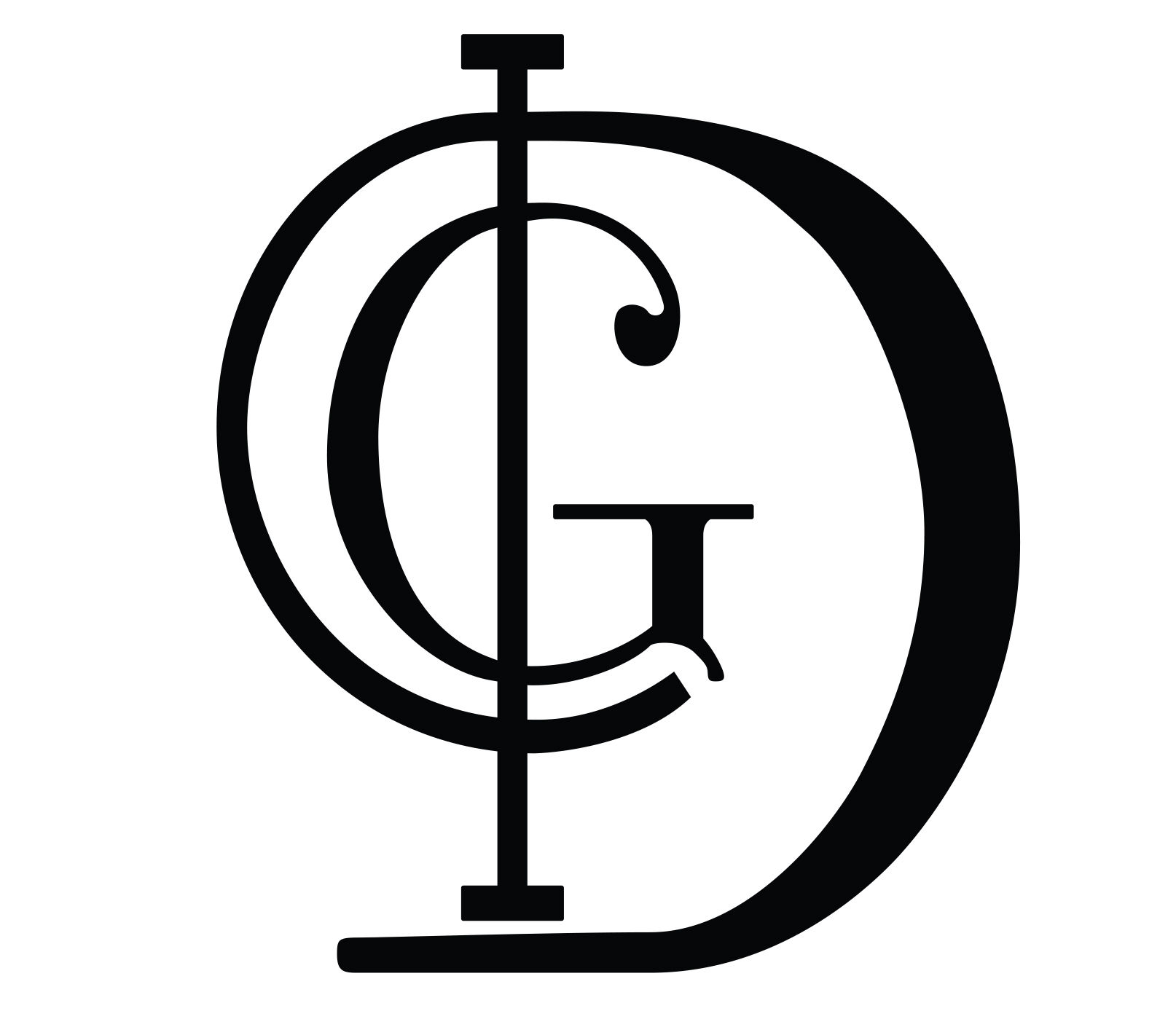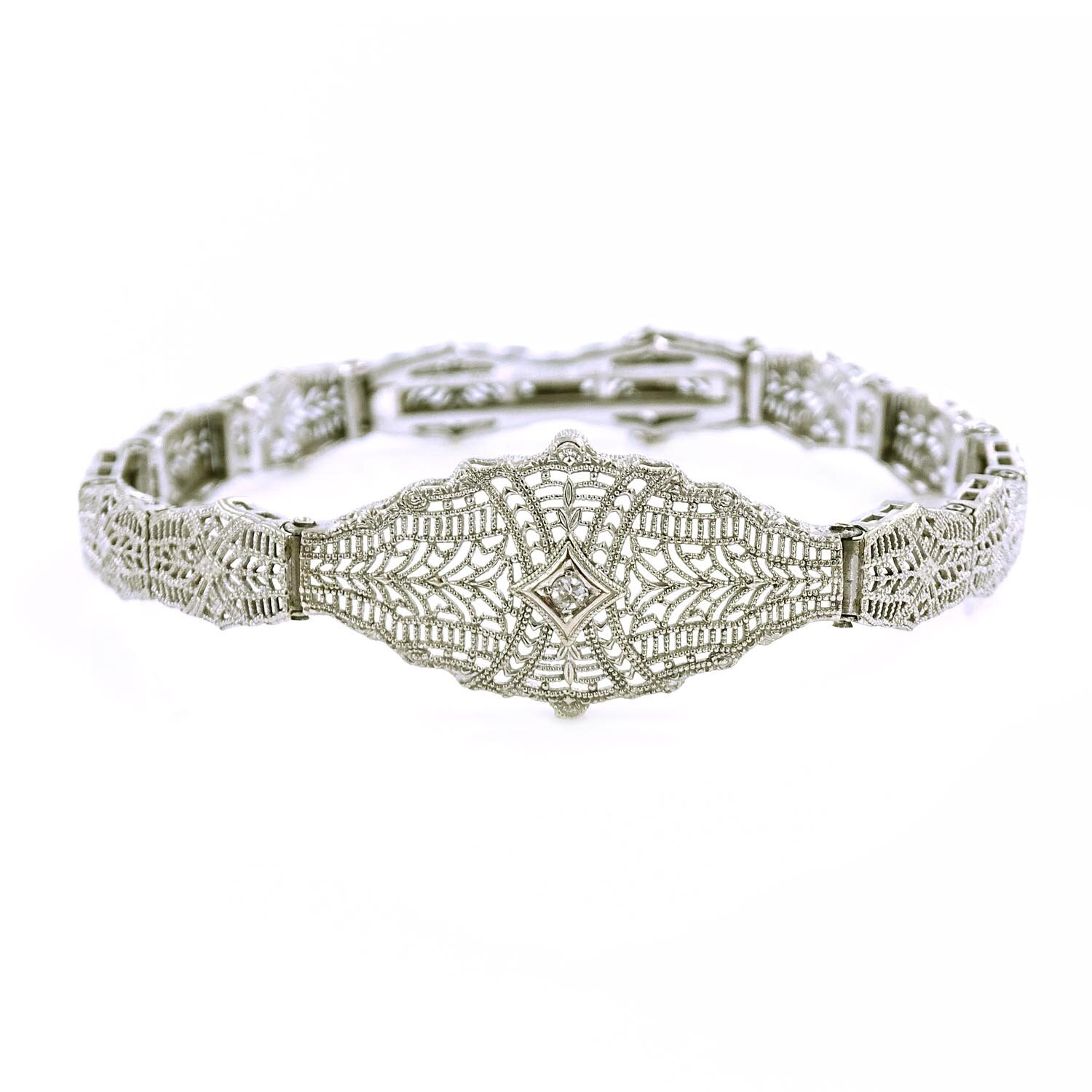White Metals and Filigree: The Edwardian Era
The Edwardian Era took place from 1901 to 1910, spanning the reign of King Edward VII (though some historians extend it to the beginning of the First World War). It was the last period of British history to be named after a ruling monarch. Antique jewelry from that era represents a very specific design sensibility.
When King Edward took the throne, he was fixture of fashionable, elite society. The wealthy members of society lived conspicuously and unapologetically, and art and fashion were their domain. So it is no surprise that jewelry made during that era is particularly coveted today.
When historians and novelists look back on Edwardian times, they almost universally portray a long, golden summer of parties, romance, and beauty. In fact, the social prospects of the poor were quite dismal during that time, but as it was the last peaceful period before two brutal world wars and an international economic depression, when people look back on that era it tends to be with rosy glasses.
This was also a time of rising social status for women. Inventions like sewing machines made it possible to buy clothing instead of sew it, leaving house wives more time for other pursuits. The inventions of the typewriter, the telephone, and expanding need for workers in office environments made it possible for more women to take paying jobs, and as girls were increasingly allowed to finish their educations, women’s literacy also increased. As women’s prospects improved, so did their buying power. Jewelers and clothiers found themselves with a growing audience of potential buyers, and many of the great jewelry houses were formed or expanded during this time.
With that history as a backdrop, it’s easier to understand the allure of Edwardian jewelry. Women – particularly society women – of that time were quite serious about their clothing. Fashionability was not an option – it was a requirement. The jewelry one chose to wear with her puffed sleeves, hat, and gloves spoke volumes about her place in society.
One of the more commonly recognized elements of Edwardian jewelry is the use of filigree and milgrain work. Filigree was used to create lacy, floral designs. Milgrain, which means to create tiny metal beads, was used to create beaded edges. The Edwardian era is also when platinum first became popular as a jewelry metal. The color white was also important in Edwardian jewelry. White was thought to represent femininity, so white gold, platinum, pearls, and colorless diamonds were all heavily represented in ring designs, necklaces, and bracelets from that time.
While diamond engagement rings had been used among the wealthy and the aristocracy for some time, it was during the Edwardian era that diamond engagement rings began to gain wider popularity. For women betrothed to men who could afford them, halo styles and north/south marquis diamonds that stretched along the ring finger were particularly in vogue.
It was during the Edwardian era that necklines began to drop (in the Victorian era, women’s necklines went right up to the top of the throat), and this created a demand for lacy collars of diamonds and white gold.
When Ginger is out looking for antique jewelry for you, she often encounters gorgeous Edwardian pieces. Now that you know a bit more about Edwardian jewelry, have some fun perusing our current collection and see if you can spot a few of these gorgeous jewels!


